In the fast-paced world of technology, the term “personalization” has become more than just a buzzword. It’s a fundamental aspect of our online experiences. When we talk about AI-powered personalization in UX design, we’re essentially discussing tailoring a digital product or service to meet an individual user’s needs, preferences, and behavior. But how do we achieve this level of AI-powered personalization in UX design on a massive scale, especially when there are millions of users worldwide? The answer is Artificial Intelligence (AI).
AI has reshaped the landscape of UX design, making it smarter and more intuitive than ever before. It helps us understand users on a deeper level, making their online experiences more seamless and enjoyable. Let’s explore how personalization and AI are converging to revolutionize the way we interact with technology.
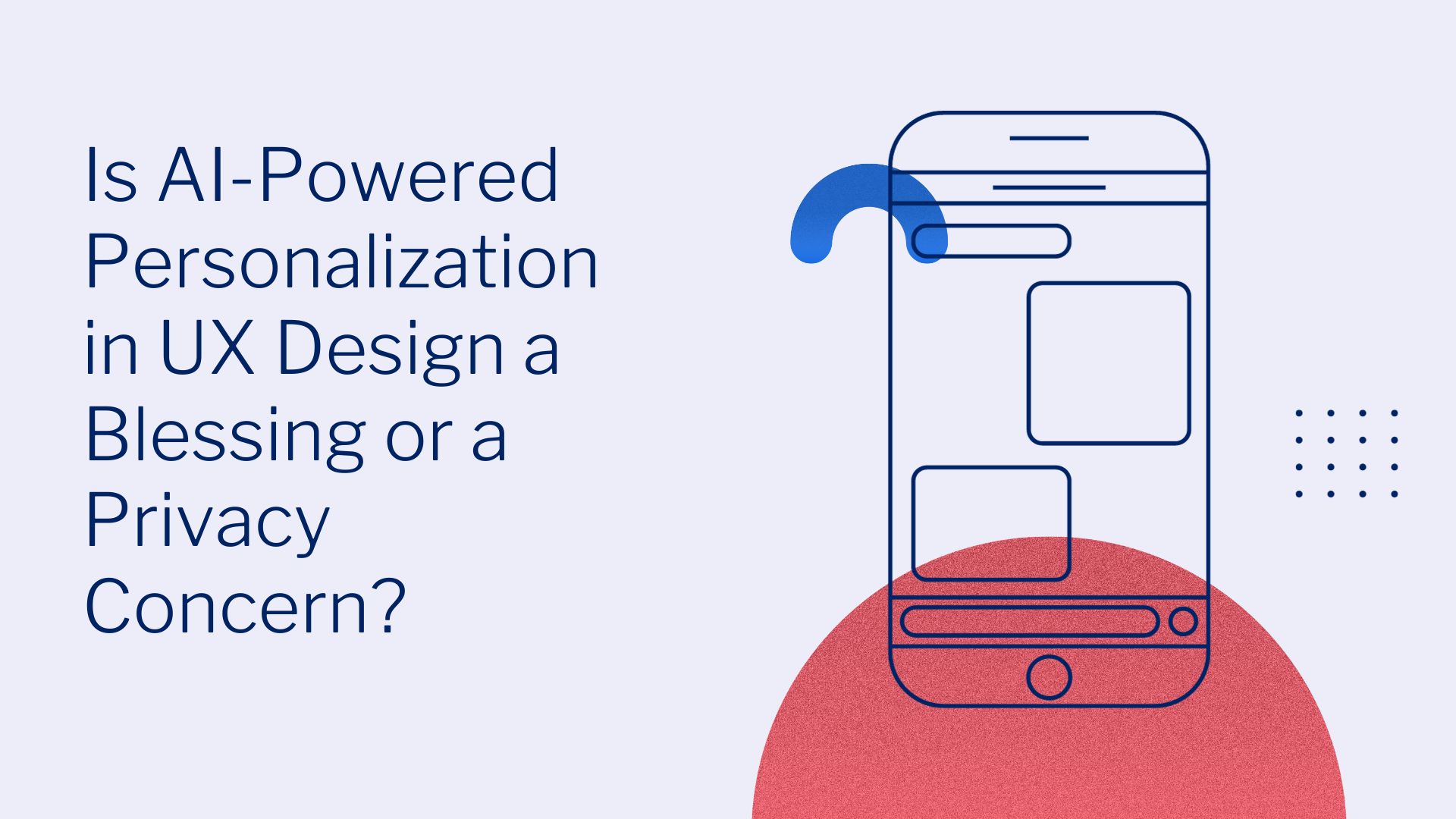
Understanding User Behaviour and AI-Powered Personalization in UX Design Process
Personalization begins with understanding the user. AI, like a virtual Sherlock Holmes, collects and analyzes data about your online habits. It takes into account what you search for, what you click on, and how long you stay on a page. This wealth of data helps AI AI-powered personalization in UX design, create a comprehensive user profile, which is the foundation of personalization. UX professionals are increasingly leveraging AI as indispensable tools for user research and analysis, embracing the data-driven insights and design improvements offered by AI-driven design processes.
As per Servando Sanchez, an experienced multimedia designer & illustrator at RegexSeo. “AI-powered personalization takes the concept of adapting design to meet the unique needs and preferences of individual users to a whole new level. By employing machine learning algorithms to analyze and understand user data in real time, AI can utilize this information to deliver personalized experiences in a more sophisticated and efficient manner. This personalization not only recommends products or content but can also holistically personalize the overall user experience. Artificial intelligence-based personalization in UX design can offer a more personalized and relevant experience to users. For businesses, this can result in more effective interactions, increased sales, and revenue. Moreover, it fosters customer loyalty and retention.
Speaking of balancing personalization and privacy, AI doesn’t bring about a significant change. You still need to have a thorough grasp of the legal, ethical, and technical aspects of data collection, processing, and storage. You must comply with relevant regulations such as GDPR, CCPA, or ePrivacy and adhere to best practices for data protection and security. It’s vital to consider the sources, types, and quality of the data you use and how it impacts your personalization strategy. Transparency is one of the most crucial elements in balancing personalization and privacy. You need to inform your users about what data you collect, why you collect it, how you use it, and with whom you share it. You should provide clear and understandable privacy policies, notices, and consent forms, allowing users to opt in or opt out of personalization. Honesty and consistency in disclosing the purposes, methods, and outcomes of personalization are essential, while deceptive or manipulative practices should be avoided. It’s also advisable to use aggregated and anonymous data for personalization whenever possible to reduce the risk of privacy breaches.”
Revolutionizing User Experience with Generative AI and Machine Learning
In today’s world of UX design, AI-powered personalization is like a secret weapon. It’s changing the game in how we create user-friendly websites and apps. AI-powered personalization in UX design is all about making things super customized for each user. So, let’s dive into how AI is shaking up the UX design process. AI tools, like generative AI and AI algorithms, are revolutionizing UX design, making it easier to create user interfaces (UI) that feel tailor-made for each person. Think of AI as your design assistant, always learning and adapting to user preferences. If you’ve ever seen personalized content recommendations on Medium or other websites, that’s AI at work, figuring out what you might like. AI’s role in UX design is significant, and as we keep exploring this fascinating field, we’ll continue to see how it enhances design tools and the overall user experience. So, buckle up for the exciting journey of AI-powered personalization in UX design!
AI’s Transformative Role in Shaping the User Journey and UI Design Trends
Integrating AI UX design isn’t just a trend; it’s a transformative strategy. AI particularly AI-powered personalization in UX design can help by enhancing personalization and user experiences, making it an invaluable component of any AI system. AI’s use in UX design goes beyond just personalization; it plays a crucial role in shaping the way we approach the entire user journey. With the power of AI and machine learning, designers can now dive deeper into the individual user’s interactions and preferences. AI can analyze user behavior and feedback, helping designers make informed design decisions that enhance the user experience. This might sound like something out of a sci-fi movie, but it’s real, and it can make you jealous of how far we’ve come in the digital landscape. From predicting user actions to staying ahead of the latest design trends, AI opens up a world of possibilities for designers and makes for one of the most interesting design topics in today’s ever-evolving field of UX design.
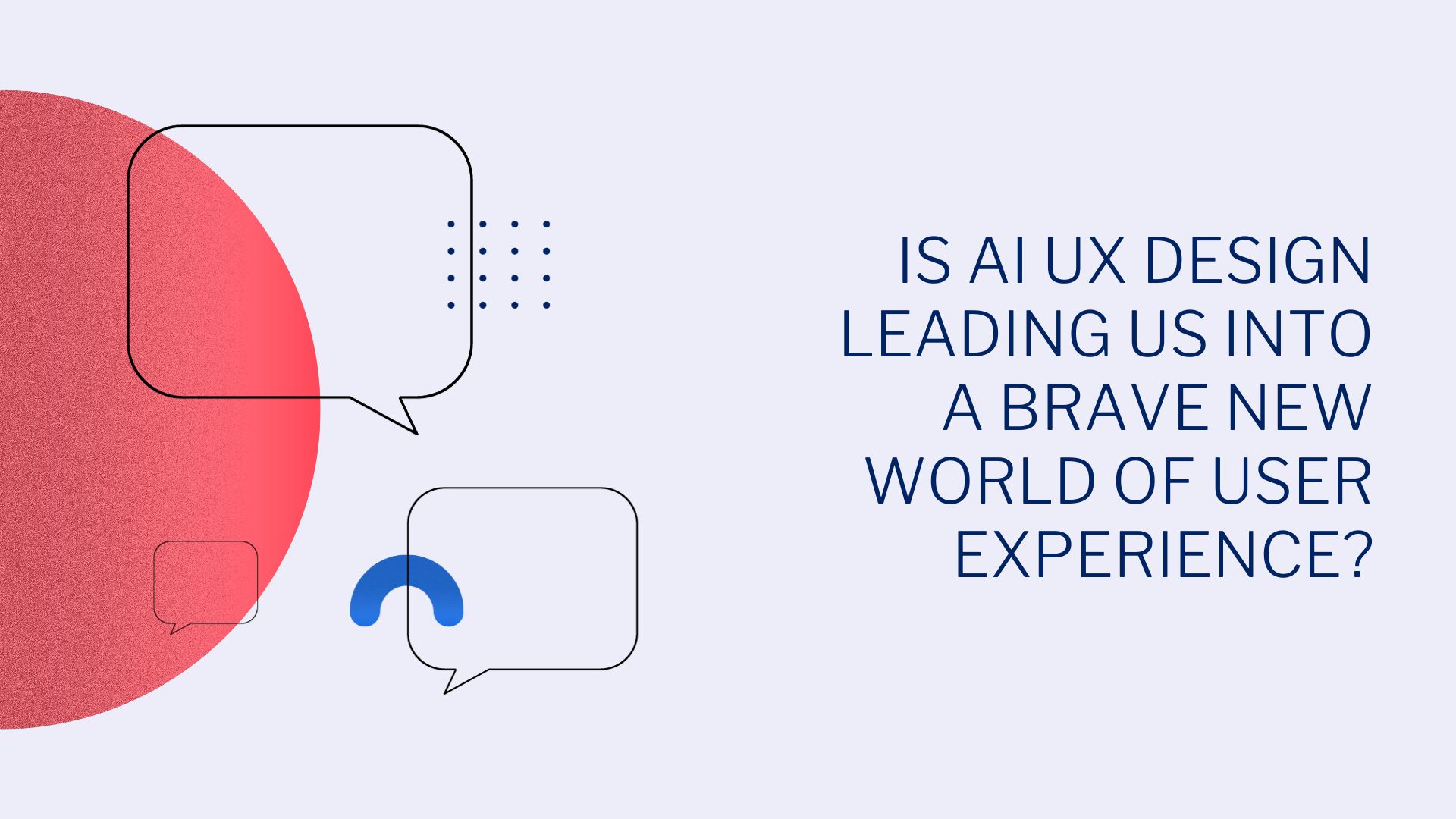
Exploring AI-Powered Content Recommended from Medium
AI is reshaping the design landscape, and when it comes to uncovering intriguing design-related topics, Medium’s recommendations now stand out, leveraging AI-powered personalization in UX design. Medium employs AI to tailor content suggestions based on user preferences and interests. Here are five key aspects demonstrating how AI is transforming content discovery and engagement, in alignment with UX research and data-driven design:
- Personalized Content Recommendations: AI algorithms analyze your reading history and preferences, ensuring that you receive content suggestions specific to your interests. This personalized approach extends to design-related topics, making it easier to discover articles that resonate with your preferences.
- Elevated User Experience: AI-driven recommendations streamline content discovery on Medium, enhancing the overall user experience. You can effortlessly find high-quality design articles, saving time and effort while staying informed.
- Staying Abreast of Design Trends: AI’s capacity to curate content keeps you informed about the latest design trends, offering insights on evolving design landscapes, and the role of AI technologies.
- Diversity in Content Exploration: AI broadens your content horizons by introducing you to a variety of design topics, spanning UX research, data-driven design, product design, and more, ensuring a comprehensive exploration of design solutions.
- User-Centric Engagement: AI empowers user-centric engagement by tailoring content recommendations to individual preferences, a trend reflected in Medium’s content offerings, including those relating to icon design and design variations. AI enhances the content discovery process, ensuring that you engage with material that aligns with your specific needs and interests.
Exploring How AI Enhances Dynamic User Interfaces with Interesting Design Topics
AI doesn’t stop at recommending content. It also adapts the interface itself. Based on your past behavior, an AI-driven website or app can rearrange its layout to put the most relevant information front and center.
As per Mr. Emanuel Mano Tsiris, “AI will play an enormous role in creating personalized user experiences in the future. With the right training and a specific use case in mind, AI can dig deep into its existing vast data pools and fine-tune the user’s journey just right.
Imagine understanding users down to their DISC personality types. AI could, in theory, suss out a user’s personality type, then tweak their dashboard to fit like a glove based on what is most important to each user. It’d keep tabs on how they navigate the tool, pinpoint what features they’re drawn to, clock where they spend their time, and spot the hiccups they face.
Now, on the privacy front, which is also an important topic, it’s all about striking that balance. When we look at big names like Google, Meta, and TikTok, they extract lots of user data to tailor ads and experiences. But AI, when done right, can be very thoughtful. If trained properly and justly, it will only extract specific information about a user’s behavior in order to create a user profile and analyze how to best tailor an experience for a user. It’s all about using the tech thoughtfully and responsibly but also being aware that most companies are using it right now as well.”
AI’s Transformative Influence on UX Design That Will Make You Jealous
AI, powered by machine learning algorithms, continues to play a crucial role in shaping the world of UX design with a particular emphasis on AI-powered personalization in UX design. As technology continues to evolve, AI is revolutionizing various aspects of design, and interface design is no exception. It’s not just a trend; it’s a fundamental shift in how we create user experiences for digital products and services. Here are five key points highlighting AI’s impact on UX design:
- Enhanced User Insights: Machine learning algorithms enable designers to analyze user data at a granular level, helping them understand and anticipate user needs more effectively.
- Regulatory Considerations: With the growing integration of AI in design, designers must stay vigilant about AI regulations and ethical implications to ensure user safety and privacy.
- Streamlined Design Processes: AI helps streamline design tasks, freeing up UX professionals to focus on user research and problem-solving, ultimately improving the overall design quality.
- Portfolio Differentiation: As AI continues to play a crucial role in shaping design, including AI projects in designers’ portfolios showcases their adaptability and innovation in a competitive field.
- Improved User Experiences: AI-driven design solutions have the potential to create exceptional and personalized user experiences that were once unimaginable, setting new standards in UX design.
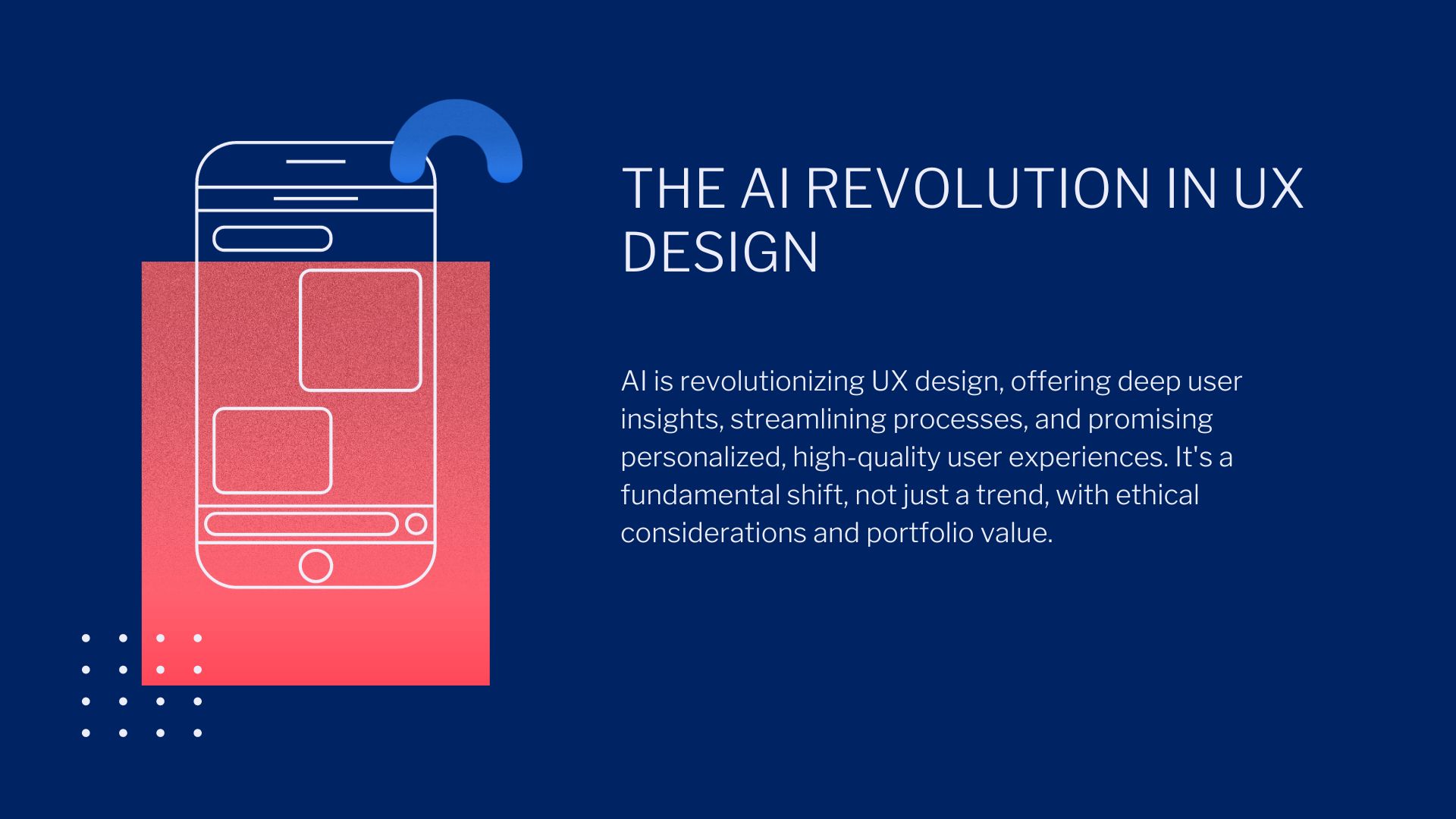
Concluding the UX Planet Journey
Amidst the dynamic landscape where technology continues to play a pivotal role, UX people started to use AI in UX design as a game-changer, particularly with the use of AI-powered personalization in UX design. This enables them to create more intuitive and user-friendly experiences, especially by understanding user interactions and preferences. As UX designers continue to explore the boundless possibilities of the use of AI, the journey of incorporating AI into UX design has opened new horizons for user engagement. AI has become an indispensable tool for UX designers, helping them analyze user data, anticipate needs, and deliver personalized experiences. By embracing AI, UX designers are enhancing their design capabilities and creating a brighter future for user engagement. The fusion of AI and UX design is a path of innovation, and as we stride forward, UX designers are equipping themselves with powerful AI tools to craft user-centric solutions. UX Planet is witnessing an exciting transformation, where the combination of AI and UX design leads to more intelligent and user-focused products and services.
[/fusion_text][/fusion_builder_column][/fusion_builder_row][/fusion_builder_container]



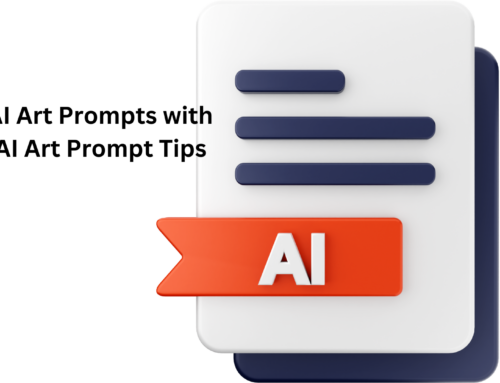
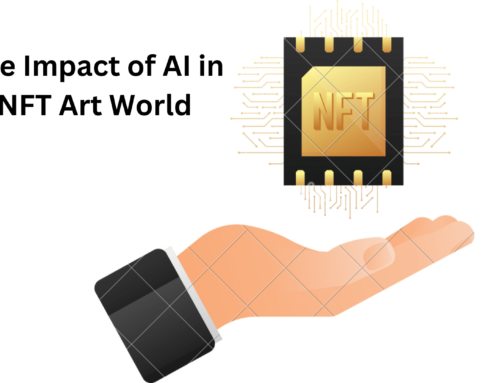
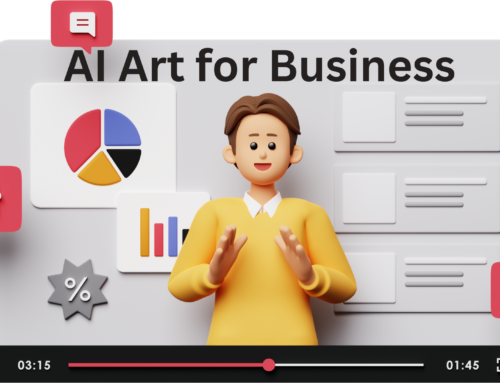


Leave A Comment